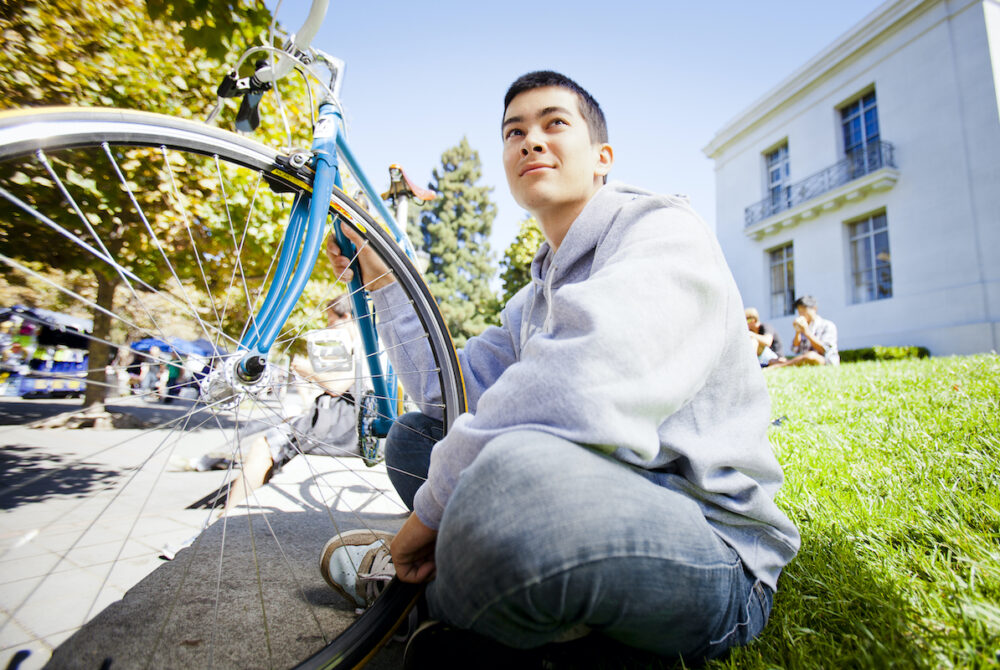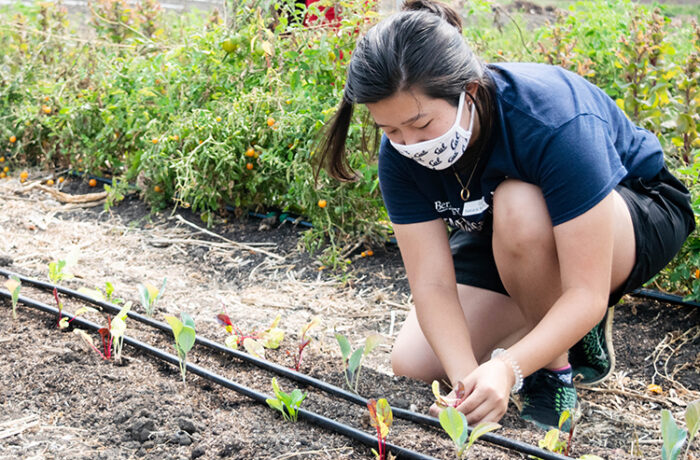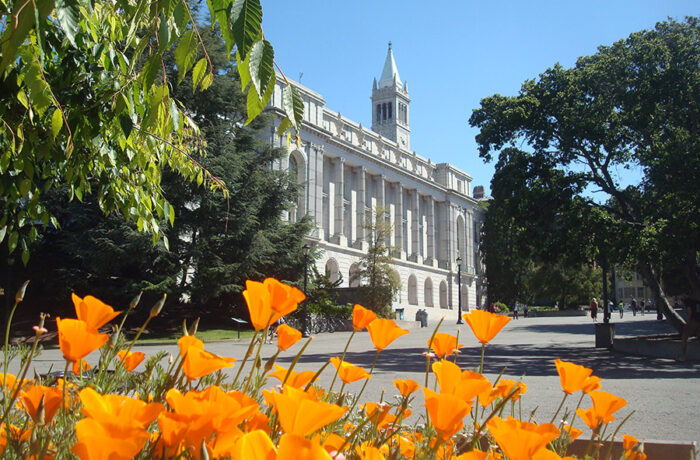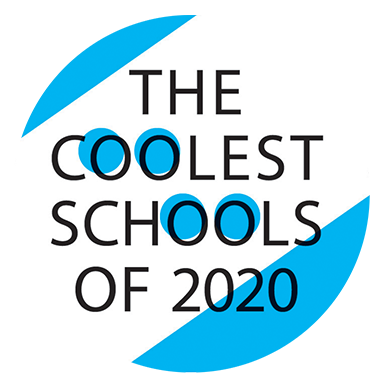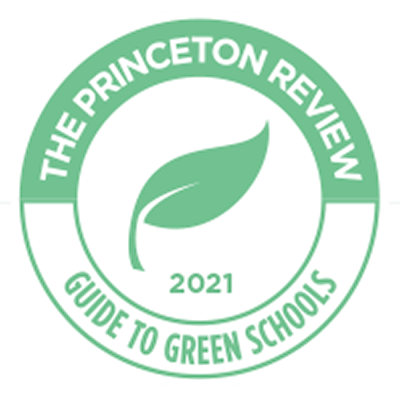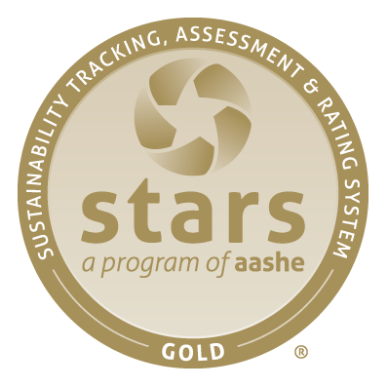Big strides have been made in planning for a sustainable UC Berkeley future. The campus published a comprehensive update to its UC Berkeley Sustainability Plan, setting key stretch goals and strategies reaching beyond systemwide policy.
The plan addresses new intersectional topics, including health and sustainability, and diversity, equity and inclusion in sustainability. The campus also published its first Green Labs Action Plan and formed a cross-departmental steering group to guide its implementation. And importantly, looking out to 2035 and beyond, sustainability is a cornerstone feature of the Long Range Development and Campus Master Planning that is underway. This comprehensive effort is engaging many community members in visioning activities to inform climate resilience, active mobility and accessibility, sustainable water and more in the plans.
Led by students aiming for zero waste and eliminating global plastic pollution, UC Berkeley has committed to one of the strongest plastic bans in the country, setting a comprehensive target to eliminate all nonessential single-use plastic by 2030. Unlike other plastic bans, this initiative goes beyond existing targets focused on foodware and plastic bags, and addresses the spectrum of products and packaging used in campus academics, research, administration and events.
The UC Berkeley community received a number of accolades this year, including again a coveted spot among the top 20 greenest universities according to the Sierra Club. The Chancellor’s Advisory Committee on Sustainability honored six graduating seniors as change-makers and leaders in climate action, environmental justice, sustainable food, ending plastic pollution and moving UC away from harmful pesticide use.
In 2020, the campus also launched a number of impressive initiatives on climate change solutions. Beginning in fall 2020, the Letters and Science Division is offering an undergraduate minor in climate science. UC Berkeley’s new fundraising campaign, Light the Way, includes a research priority to understand the depths of environmental change, accelerate mitigation and adaptation, and ensure that vulnerable populations can participate in the transition to clean energy. And underway is the former architecturally significant art museum’s conversion to a life sciences innovation lab; when open, this will be UC Berkeley’s first carbon-free building operating on 100% clean electricity.

CLIMATE PROTECTION – EMISSIONS
ENERGY – RENEWABLE ELECTRICITY GENERATION
ENERGY USE INTENSITY (EUI)
Transportation
UC Berkeley continued to make strides in its efforts to use alternative transportation methods and support the use of electric vehicles in 2020.
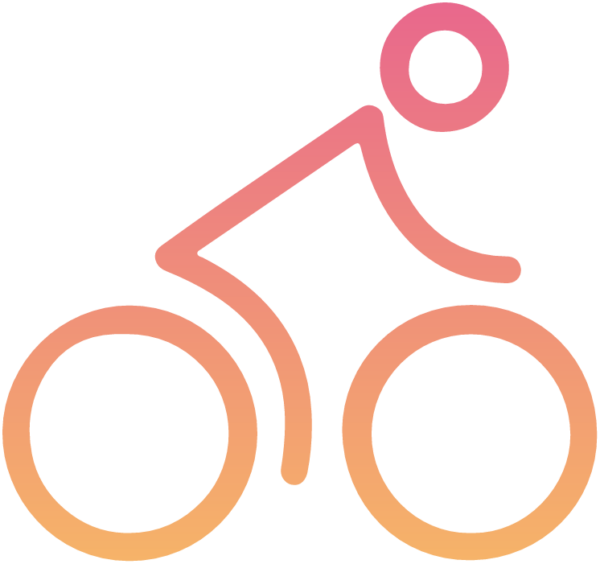
of UCB employees are utilizing alternative commuting methods
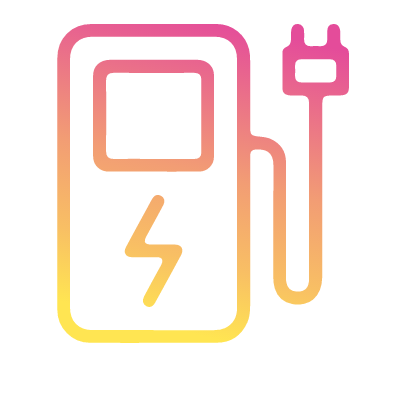
EV charging stations at this location for 2019-2020
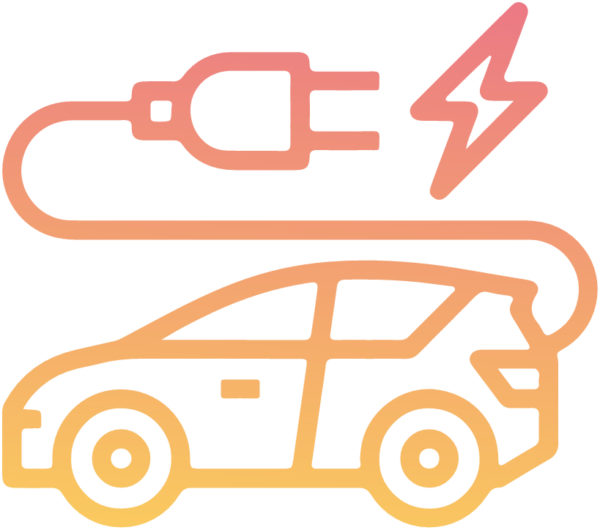
of light-duty vehicles acquired in 2020 were electric (zero-emission) and hybrid vehicles
Water
ZERO WASTE – GENERATED
ZERO WASTE – DIVERTED
Food
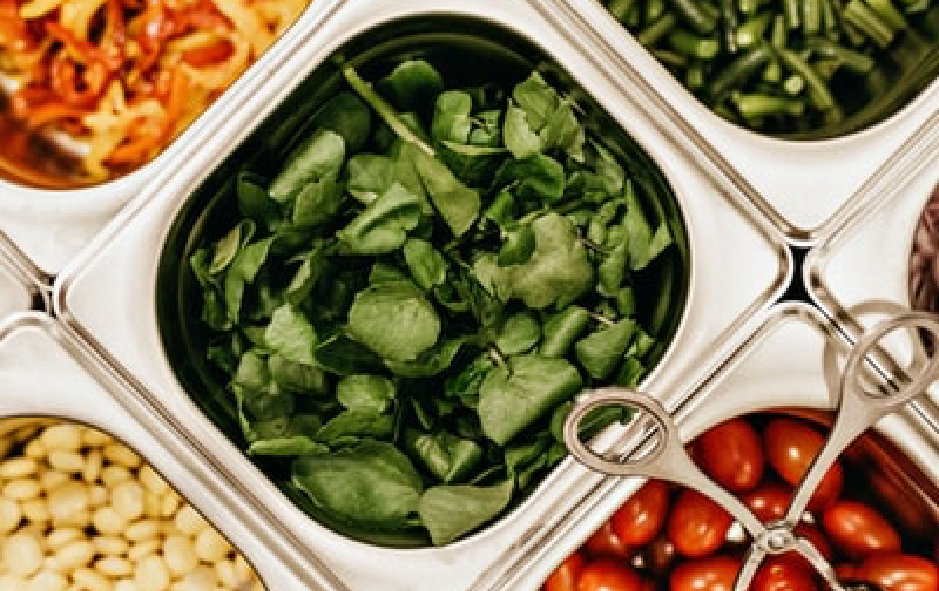
total spend on food and beverages
of food and beverage purchases met sustainability criteria in fiscal year 2019-20
UC Berkeley continues to set ambitious goals, with a goal for 2030 of 25% spend on sustainable food and beverages.
procurement

green spend on indoor office furniture
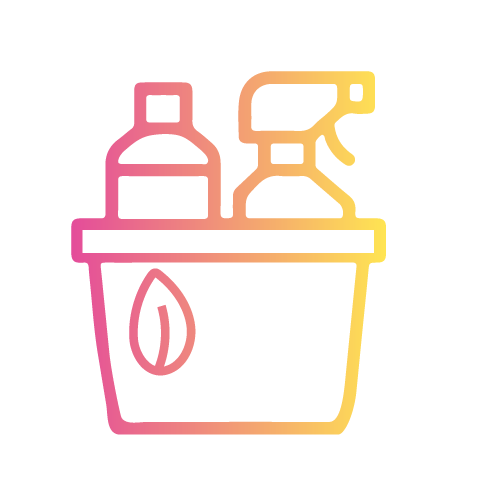
green spend
on cleaning supplies

green spend on electronics
UC Berkeley’s goals for procurement include 25% green spend on electronics and indoor office furniture, and 75% green spend on cleaning supplies.
Green building
UC Berkeley also received 1 Silver LEED certification in 2020.
2 Platinum, 12 Gold, 8 Silver and 1 Certified
Total number of LEED certifications
Sustainable Building & Laboratory Operations
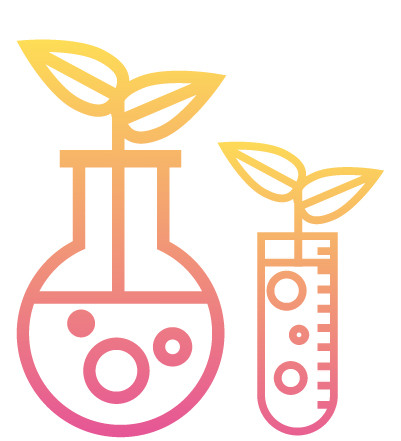
total assessed research labs
UC Berkeley has met the goal of assessing three labs.
Awards
UC Berkeley was the proud recipient of several sustainability awards in 2020.
A full list of awards is here.
 Sustainability Annual Report 2020
Sustainability Annual Report 2020